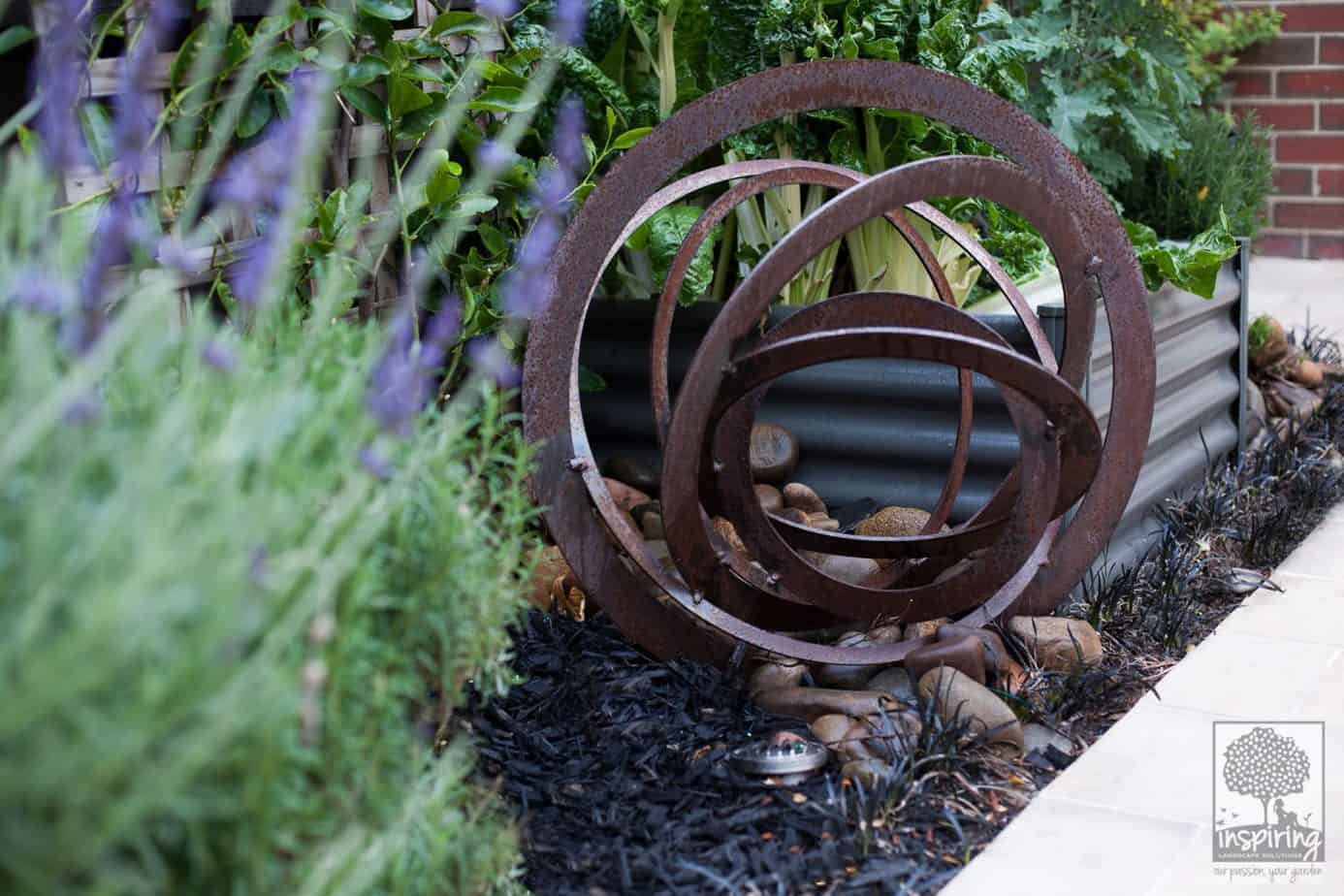When it comes to gardening, the possibilities are vast, and enthusiasts are always looking for new ways to make their gardens beautiful and functional. Edible flowers are visually stunning and can elevate the overall appeal of your garden. Their vibrant colours and intricate shapes create a beautiful contrast from other plants.
Growing edible flowers is a fantastic way to add a touch of culinary delight to your garden. These delicate blooms contribute to the visual appeal of your landscape and offer a unique and delicious addition to your meals. Edible flowers come in various flavours, ranging from sweet and floral to spicy and tangy. This versatility allows you to experiment with combinations and use them in multiple dishes, catering to different taste preferences and culinary styles.
Many are not only aesthetically pleasing but also nutritious. They are rich in vitamins, minerals, and antioxidants, providing a healthy boost to your diet. Let’s take a look at ten edible flowers that will be a great addition to your garden:

Lavender
Famous for its soothing fragrance, lavender is also a delightful addition to various culinary creations. Lavender has a unique and lovely flavour that sets it apart from other edible flowers. Its taste is floral, slightly sweet, and herbaceous, with hints of citrus and mint.
Lavender’s versatility makes it an excellent addition to sweet and savoury dishes. It can enhance a wide range of recipes, including desserts like cakes, cookies, ice creams, fruit salads, and tasty dishes such as roasted meats and stews. Be sure to use the flowers sparingly, as their taste can be overpowering.
Pansies


Finger Lime
Known as the “citrus caviar,” finger lime produces elongated, colourful pearls that burst with tangy citrus flavours. These unique pearls add a burst of sophistication and can garnish salads, desserts, seafood dishes, or cocktails, making them a sought-after ingredient for chefs and home cooks alike.
Lemon Myrtle
Lemon myrtle, native to the rainforests of Australia, is a versatile and aromatic herb celebrated for its intense lemony fragrance and bright flavour profile. With glossy green leaves, this evergreen shrub is a powerhouse of essential oils, giving it a distinctly refreshing citrus aroma.
Widely used in culinary applications, lemon myrtle adds a zesty twist to both sweet and savoury dishes, ranging from desserts and marinades to teas. Its antimicrobial properties and high concentration of citral contribute not only to its culinary appeal but also to its traditional use for its potential health benefits.
Whether infused in beverages or incorporated into culinary creations, lemon myrtle stands out as a flavorful and aromatic herb that brings a taste of the Australian bush to kitchens around the world.

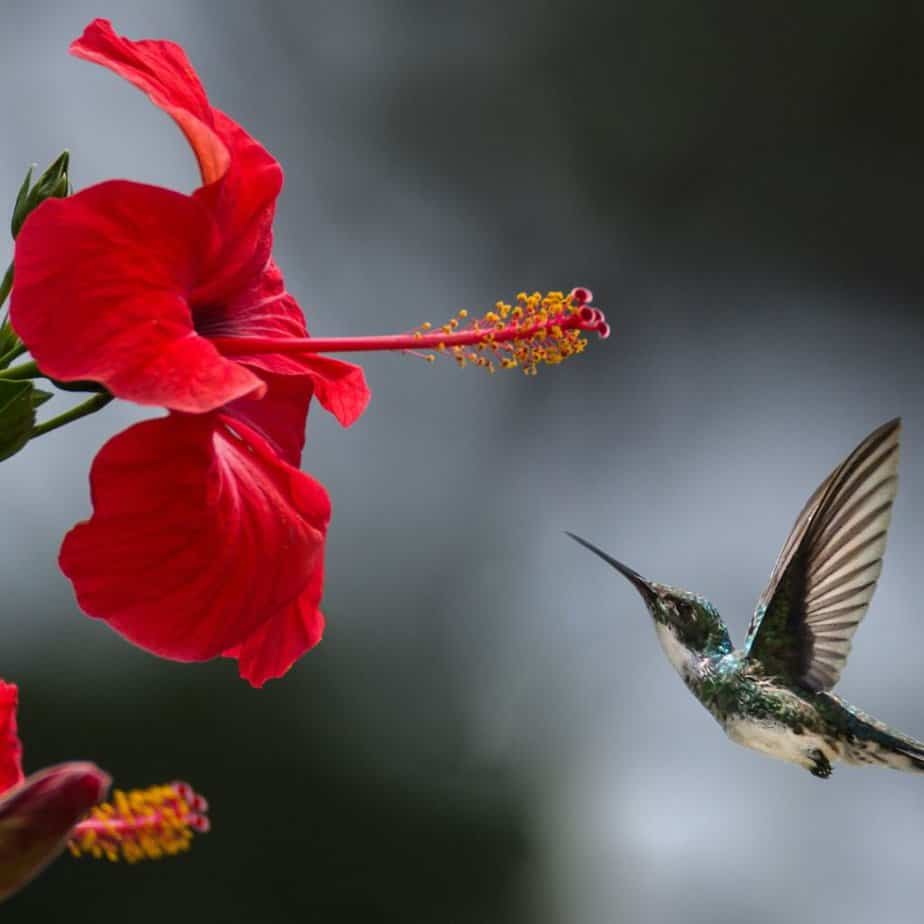
Native Hibiscus
Wild hibiscus, also known as wild hibiscus with its strikingly vibrant and intricate blossoms, is a flowering plant known for both its ornamental beauty and culinary versatility. The large, showy flowers come in an array of colours, adding a touch of tropical elegance to gardens and landscapes.
Beyond its aesthetic appeal, certain species of hibiscus, such as Hibiscus sabdariffa, offer edible calyces that are commonly used to create herbal teas and infusions. These calyces, when steeped, release a rich crimson hue and a tart, cranberry-like flavour, making wild hibiscus a popular ingredient in beverages (including herbal tea), jams, jellies, sauces and desserts.
With its dual role as a visual spectacle in gardens and a flavorful addition to the culinary world, wild hibiscus captivates both the eye and the palate.
Muntries
Muntries, also known as emu berries or native cranberries, are small, berry-like fruits native to Australia, particularly thriving in the southern regions. These diminutive berries, resembling miniature apples, pack a punch of sweet, spicy, and cranberry-like flavours. Rich in antioxidants and essential nutrients, muntries have been a traditional food source for Indigenous Australians.
In contemporary cuisine, they have gained popularity as a unique and flavorful addition to jams, desserts, and sauces. The distinct taste and nutritional benefits of muntries make them a sought-after ingredient, showcasing the rich diversity of Australia’s indigenous flora in the culinary world.
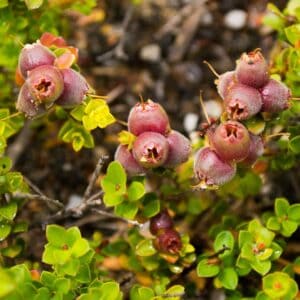
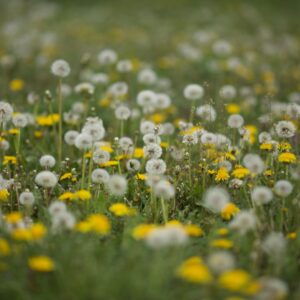
Dandelions
Dandelions, often dismissed as common weeds, possess an array of virtues that extend beyond their sunny yellow blooms. These resilient plants are not only hardy survivors in various climates but also offer a plethora of culinary and medicinal possibilities.
Every part of the dandelion, from its peppery leaves to its golden flowers and earthy roots, is edible and rich in vitamins and minerals. Culinary enthusiasts utilize dandelion greens in salads for a slightly bitter kick, while the flowers can be transformed into fragrant and subtly sweet dandelion wine or infused into syrups.
Roses
Roses, often celebrated for their enchanting fragrance and symbolic significance, also offer a delightful culinary dimension as edible flowers. With a delicate flavour profile that varies between subtly sweet and mildly tangy, rose petals are commonly used to infuse a touch of romance into culinary creations.
These fragrant blossoms are versatile, finding their way into teas, jams, desserts, and salads. Whether crystallised for confectionery, transformed into floral syrups, or simply scattered over a dish for a visual and aromatic flourish, edible roses elevate the sensory experience of food.
As an edible flower, roses not only contribute to the aesthetic appeal of dishes but also add a nuanced floral essence, inviting us to savour the beauty of nature in a culinary context.
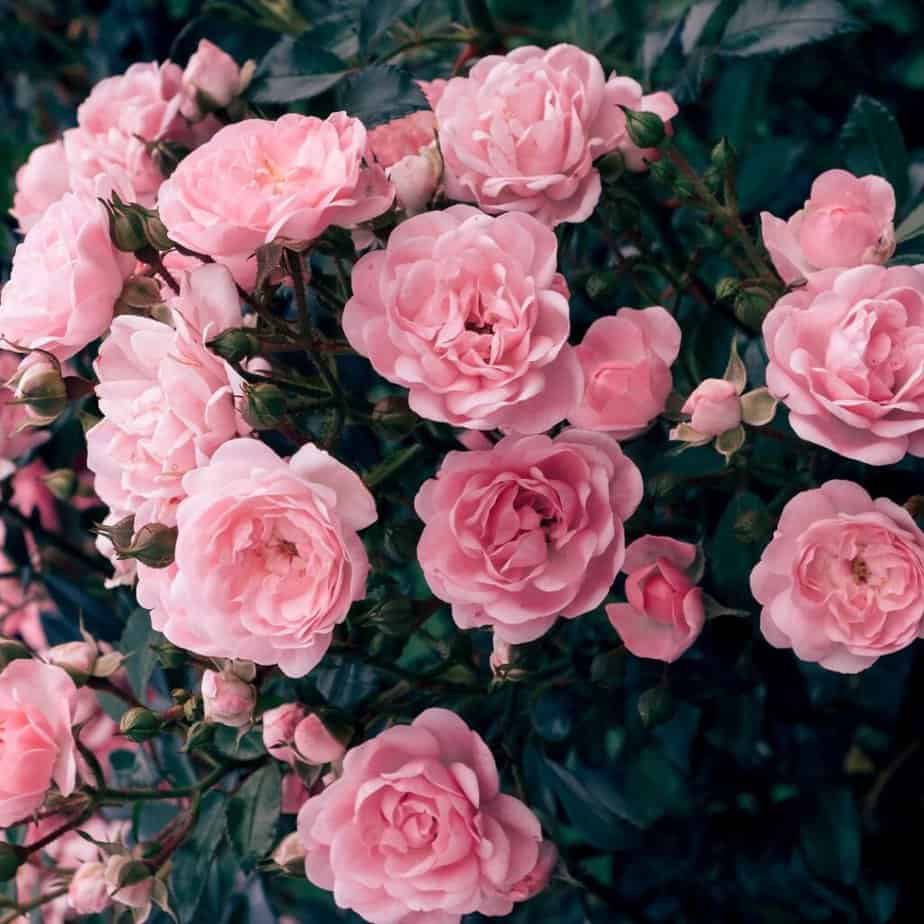
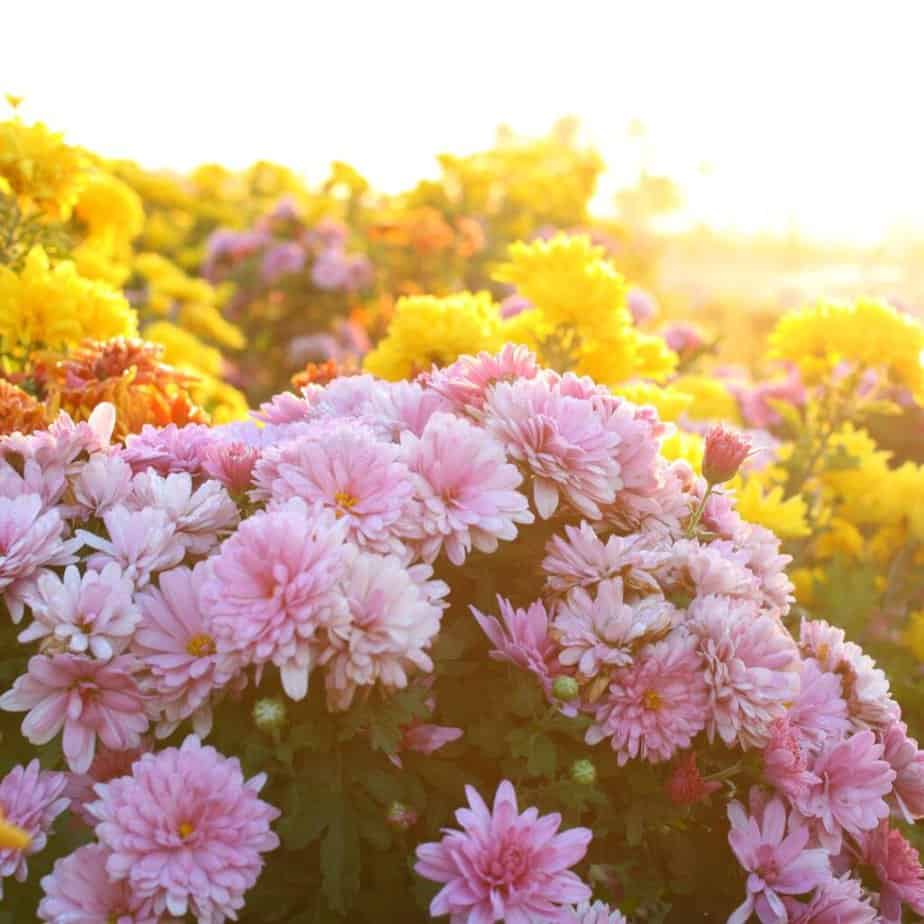
Chrysanthemums
Chrysanthemums, revered for their ornate beauty in gardens, also step into the culinary realm as edible flowers with a unique flavour profile. Typically showcasing a mildly bittersweet taste, chrysanthemum petals are employed in various culinary applications, especially in Asian cuisine. These petals, when brewed into a fragrant tea, impart a subtle herbal note and are believed to have potential health benefits.
In addition to teas, chrysanthemum petals are creatively used in salads, garnishes for desserts, and even in traditional recipes like tempura. Beyond their visual appeal in floral arrangements, chrysanthemums bring a delicate and distinctive taste to the table, offering a delightful fusion of aesthetics and flavour in the world of edible flowers.
Violets
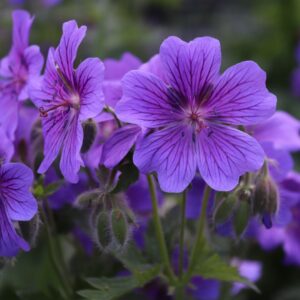
Edible flowers are a fantastic addition to any garden due to their culinary benefits, visual appeal, versatility, nutritional value, and positive environmental impact. From peppery nasturtiums to sweet violets, these flowers offer an array of flavours and colours that will transform your dishes into works of art. They provide a rewarding and enriching gardening experience beyond aesthetics, making your garden a thriving, vibrant, and sustainable space. Happy gardening and bon appétit!
